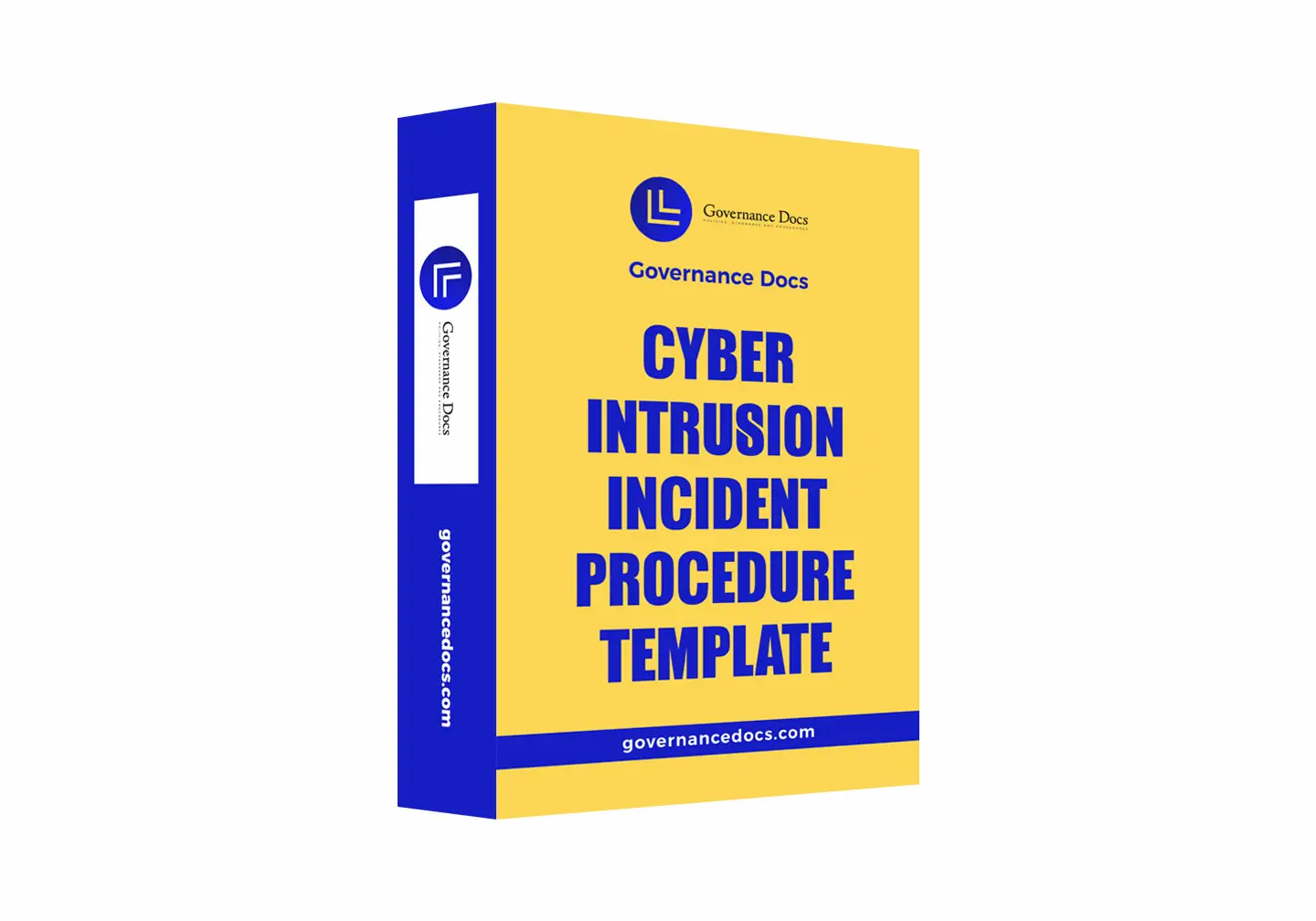Segregation of Duties Guidelines
In the ever-evolving landscape of information security, where the stakes are higher than ever, organizations are constantly seeking robust solutions to safeguard their data and operations. Enter the Segregation of Duties Guidelines, a pivotal tool in the arsenal of any enterprise committed to fortifying its defenses against unauthorized access and operational errors. This product, identified by the code 8022, is not just a set of instructions but a comprehensive framework that defines roles and responsibilities with precision, ensuring that every action within an organization aligns seamlessly with ISO 27001 controls.
At its core, the Segregation of Duties Guidelines is designed to minimize risks by clearly delineating who can do what within an organization. This is not merely about preventing unauthorized access; it is about creating a culture of accountability and transparency. By defining roles and responsibilities, these guidelines ensure that no single individual has unchecked power over critical processes, thereby reducing the likelihood of errors and malicious activities. This meticulous approach to role definition is what sets the Segregation of Duties Guidelines apart in the realm of information security.
One of the key features of this product is its alignment with ISO 27001, the international standard for information security management systems. This alignment is not just a checkbox exercise; it is a strategic move that ensures organizations are not only compliant with global standards but are also adopting best practices that have been tried and tested across industries. By adhering to these guidelines, organizations can demonstrate to stakeholders, clients, and regulatory bodies that they are committed to maintaining the highest standards of information security.
The benefits of implementing the Segregation of Duties Guidelines are manifold. Firstly, it significantly reduces the risk of fraud and errors by ensuring that critical tasks are divided among multiple individuals. This division of labor means that no single person has control over all aspects of a transaction or process, thereby creating a system of checks and balances. Secondly, it enhances operational efficiency by clearly defining roles, which reduces confusion and overlap in responsibilities. This clarity not only streamlines processes but also boosts employee morale as everyone knows what is expected of them.
Moreover, the value proposition of the Segregation of Duties Guidelines extends beyond risk mitigation. It is about building trust within the organization and with external partners. In an age where data breaches and security incidents can tarnish reputations overnight, having a robust framework in place reassures stakeholders that the organization is proactive in its approach to security. This trust is invaluable and can be a significant differentiator in a competitive market.
In conclusion, the Segregation of Duties Guidelines is more than just a product; it is a strategic asset for any organization serious about information security. By defining roles and responsibilities with precision and ensuring alignment with ISO 27001 controls, it provides a comprehensive solution to minimize risks and enhance operational efficiency. In a world where information is power, safeguarding that information with the right tools is not just a necessity but a responsibility.
All GovernanaceDocs documents are developed based on well-known standards such as NIST CSF, ISO 27001, ISO 22301, PCI-DSS and HIPAA.
Hence, You just need to download and selected document and add your company name and logo.










Reviews
There are no reviews yet